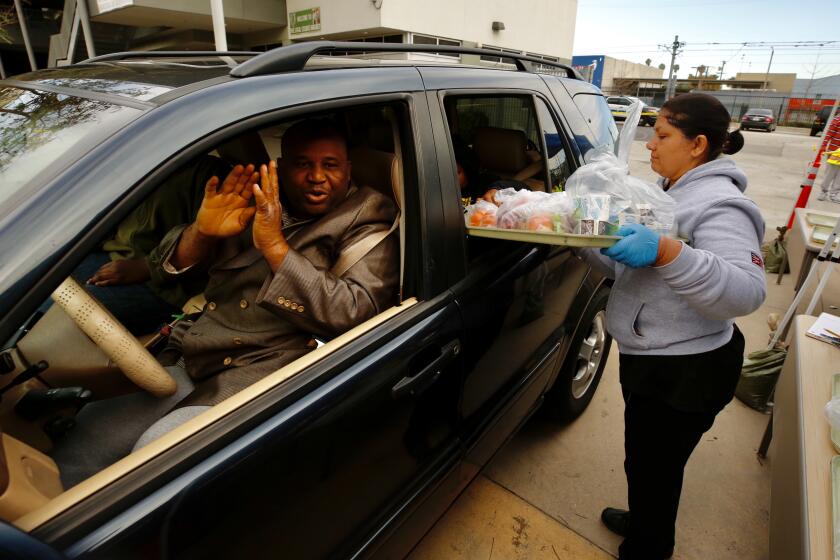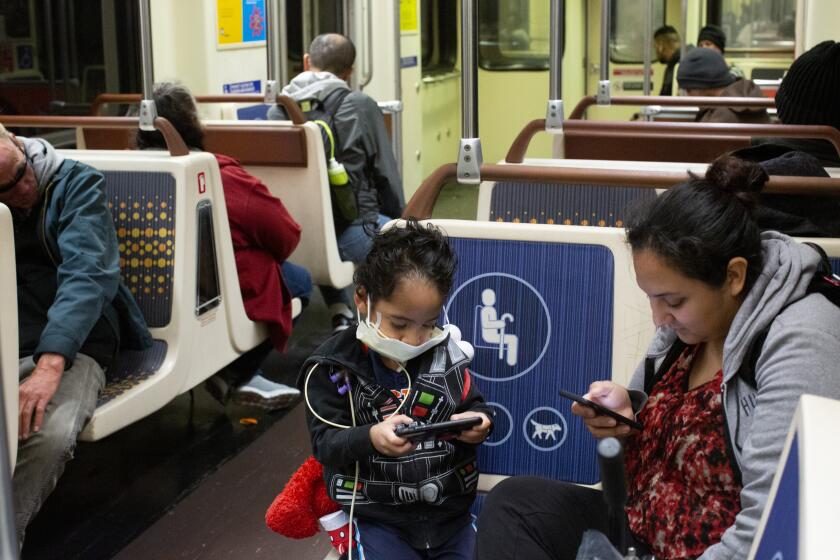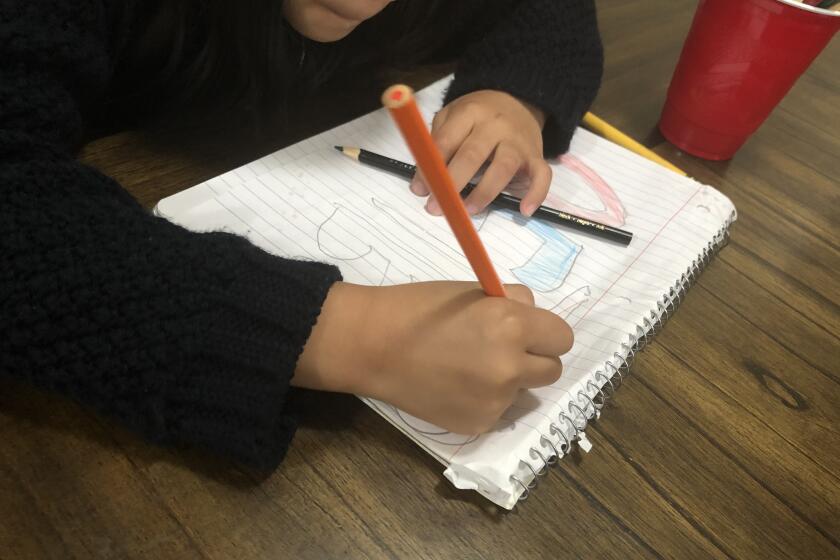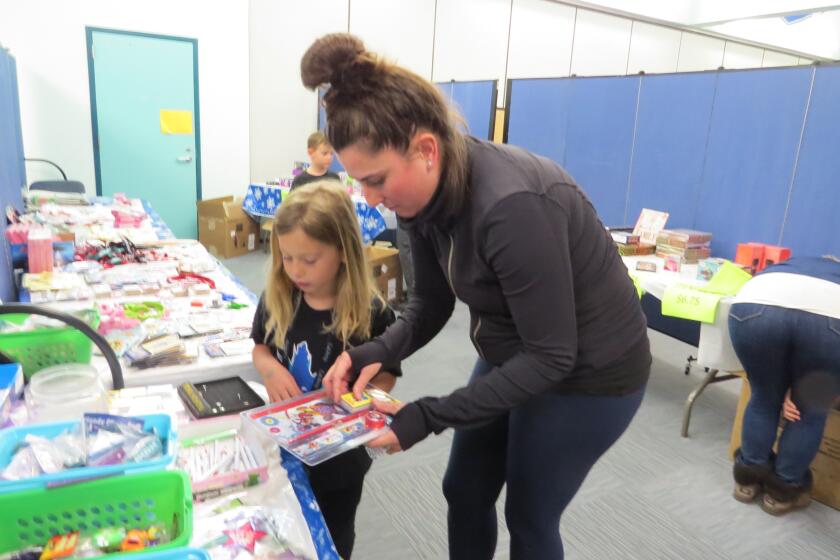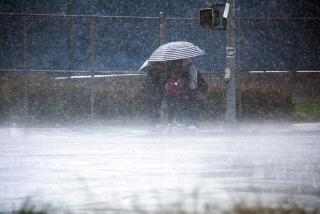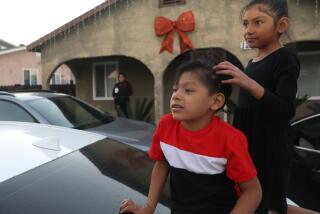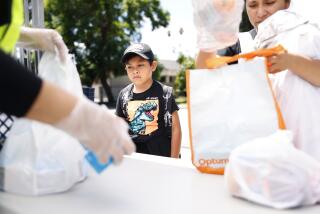Coronavirus closes schools: What do parents need to know?
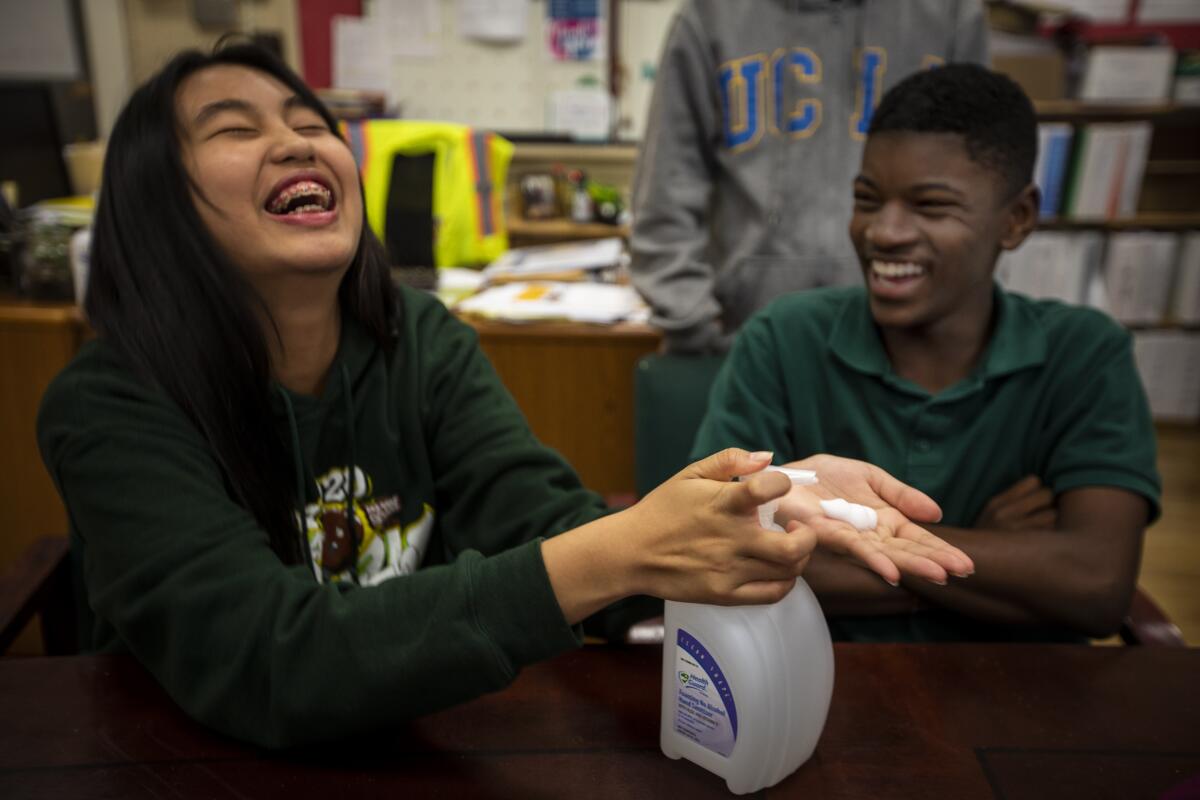
More than 100 school districts across the state, including Los Angeles Unified, have announced campus closures due to the coronavirus and parents now face a daunting task.
They must not only find care for their kids, but also try to continue their learning. They must do so as public gatherings have been canceled and many libraries and museums have closed — and while many are juggling working from home or dealing with the stress of lost jobs as the economy slows.
That means there could be limited options for getting kids out of the house — especially given the rainy forecast in the week ahead.
Here we dive into some of the big questions parents are asking.
What if I don’t have child care?
School closures put an incredible strain on working parents who need child care. So far, few districts have announced plans to fill that gap. Some, such as Long Beach Unified, said they were “considering what, if any, childcare options we can extend to families during this unplanned closure.”
Los Angeles Unified, however, has announced that it will open 40 family resource centers to provide care for children if families need it. The centers will open Wednesday and will be staffed weekdays from 6 a.m. to 6 p.m. A list of locations is expected before Monday.
These centers will provide childcare, educational activities and other services. They’ll also provide packaged meals. To keep these centers safer against the virus, all visitors will have their temperature taken upon arrival and all students will be directed to wash their hands, said L.A. schools Supt. Austin Beutner.
The centers will be staffed by district employees on a voluntary basis, who will receive extra pay. The district plans to provide training for those working at the centers on Monday and Tuesday.
While the district is finalizing a final list of locations, the centers are likely to be located at schools. Beutner said they will be tied, when possible, to community hubs that already had been identified as part of the district’s effort to decentralize into regional communities of schools.
Beutner also said he hoped that local transit agencies would provide free transportation to and from these centers as needed, but nothing has been worked out so far.
What do I say to kids asking about coronavirus?
The National Assn. of School Psychologists and the National Assn. of School Nurses put out detailed guidelines for parents in late February explaining that when it comes to talking to kids about a pandemic, it’s best to reassure them while also providing “factual, age-appropriate information about the potential seriousness of disease risk and concrete instruction about how to avoid infections and spread of disease.”
For younger children, the guide says, it’s best to give “brief, simple information that should balance COVID-19 facts with appropriate reassurances.”
“Give simple examples of the steps people take every day to stop germs and stay healthy, such as washing hands. Use language such as ‘adults are working hard to keep you safe,’” the guide says.
Older children, meanwhile, are “able to discuss the issue in a more in-depth (adult-like) fashion and can be referred directly to appropriate sources of COVID-19 facts. Provide honest, accurate and factual information about the current status of COVID-19. Having such knowledge can help them feel a sense of control,” the guide says.
The Centers for Disease Control and Prevention has also offered a list of guidelines for talking to kids about coronavirus. They include:
- Remain calm and reassuring.
- Make yourself available to listen and to talk.
- Remember that viruses can make anyone sick, regardless of a person’s race or ethnicity.
- Pay attention to what children see or hear on television, radio or online.
- Consider reducing the amount of screen time focused on COVID-19 and provide information that is honest and accurate.
- Give children information that is truthful and appropriate for the age and developmental level of the child.
- Talk to children about how some stories on COVID-19 on the internet and social media may be based on rumors and inaccurate information.
- Teach children everyday actions to reduce the spread of germs.
What about the emotional burden on parents and children?
Closing schools amid a virus outbreak can be scary to children. And it can put significant stress on the adults around them.
As parents and caregivers navigate this new reality, it will help children if adults look for ways to lessen their own fears, said therapist Jonathan Vickburg, the mental health supervisor with Cedars-Sinai’s Share and Care program.
“Unfortunately, when we as adults have our anxiety on high alert, it is so easy to project that onto kids. What happens sometimes is the kids are trying to reduce that anxiety and they’re trying to take care of us, and it should not be that way,” he said. “Right now, it really is, as adults, how do we ground ourselves and resource ourselves and feel confident that we can be there for our kids?”
Vickburg said it can be helpful to think of the things that have reduced stress in the past — maybe it’s reaching out to friends, religion, therapy, or turning off the news every once in a while.
Sharing those solutions with kids can also be helpful, he said.
“You can tell them, ‘I was nervous too, and this is what I did’” Vickburg said. “It’s a way to model for our kids.”
And, Vickbug said, if kids do have questions, adults should answer them with facts that are developmentally appropriate.
“Don’t try to hide information,” he said. “Some parents feel, ‘If I give them all of that, it’s going to scare them.’ But the message that’s conveyed if parents don’t give information is that it’s too scary for even parents to talk about.”
If children are going to be home a lot more, it also helps to find ways to keep them active and make for family time.
“It can be something like, ‘We’re going to be home and maybe you kids can help me make some of the dinner,’ he said. “It’s a way of making the situation not as scary.”
And finally, it may also help to try some breathing exercises or calming exercises, like going through each of the five senses and asking questions like: What do you see? What do you hear?
“Once you slow down the body, it really helps that fight or flight response” that comes with anxiety, Vickburg said.
Are schools prepared to help the neediest children?
The challenges are going to be the hardest for students with special needs and those who rely on school for food. The Los Angeles Unified School District, for instance, serves more than 60,000 special- needs students, more than 12% of its overall enrollment.
The U.S. Department of Education this month outlined the responsibilities of schools to students with disabilities in the event of school closures.
That guidance says that if a school continues “to provide educational opportunities to the general student population during a school closure, the school must ensure that students with disabilities also have equal access to the same opportunities.”
But the details of how that may work at each district are still unclear. Officials had been avoiding calling for closing schools, citing the hardships for families, the difficulty in providing academic services and even the school meals that children depend on.
The federal government has given California a waiver to allow meal distribution to students even if school is canceled, but that could still present logistical challenges.
Several districts have said they plan to continue providing meals to children, but those details are also still being hashed out for many districts.
How will schools help keep my child learning?
School districts across the country are working hard to find ways to keep students learning during closures. Some districts have said they will tap into online learning programs, but that presents several challenges. Many students don’t have computers or reliable access to Wi-Fi. Because of that, some districts have said they will rely heavily on a more old-fashioned tool: learning packets. And some districts are tapping into public television to keep learning going.
“Parents should know that districts and schools are planning the best ways to deliver instruction and ensure continued learning in the event of a school closure based on their community’s resources and needs,” said L.A. County Office of Education spokeswoman Margo Minecki. “Parents should expect that details will be provided by their school principal and teacher.”
Beutner recently announced a partnership with public broadcasting PBS SoCal/KCET to prepare programming that would go on air in conjunction with any school closures.
“The content is deep and rich and learning will continue,” Beutner said in an interview Thursday morning. “We started with what’s good — what standards-based instruction looks like. We didn’t start with what’s good TV.”
All the same, these offerings are intended to include some quality TV — including, for example, documentaries by Ken Burns that would fit into a history or government class. The materials are being pulled from the PBS SoCal/KCET library, programs that often already include a syllabus or framework for academic study.
PBS SoCal/KCET plans to offer high school level programming. KLCS — which is operated by L.A. Unified — would offer content for grades 3 through 8. And PBS/SoCal would manage preschool through grade 2.
While it would be impossible to replicate a full day of instruction for every grade and academic level, the move still could prove to be the most comprehensive national effort yet to offer a school day on television.
More to Read
Sign up for Essential California
The most important California stories and recommendations in your inbox every morning.
You may occasionally receive promotional content from the Los Angeles Times.


